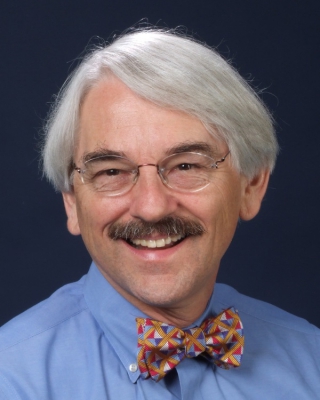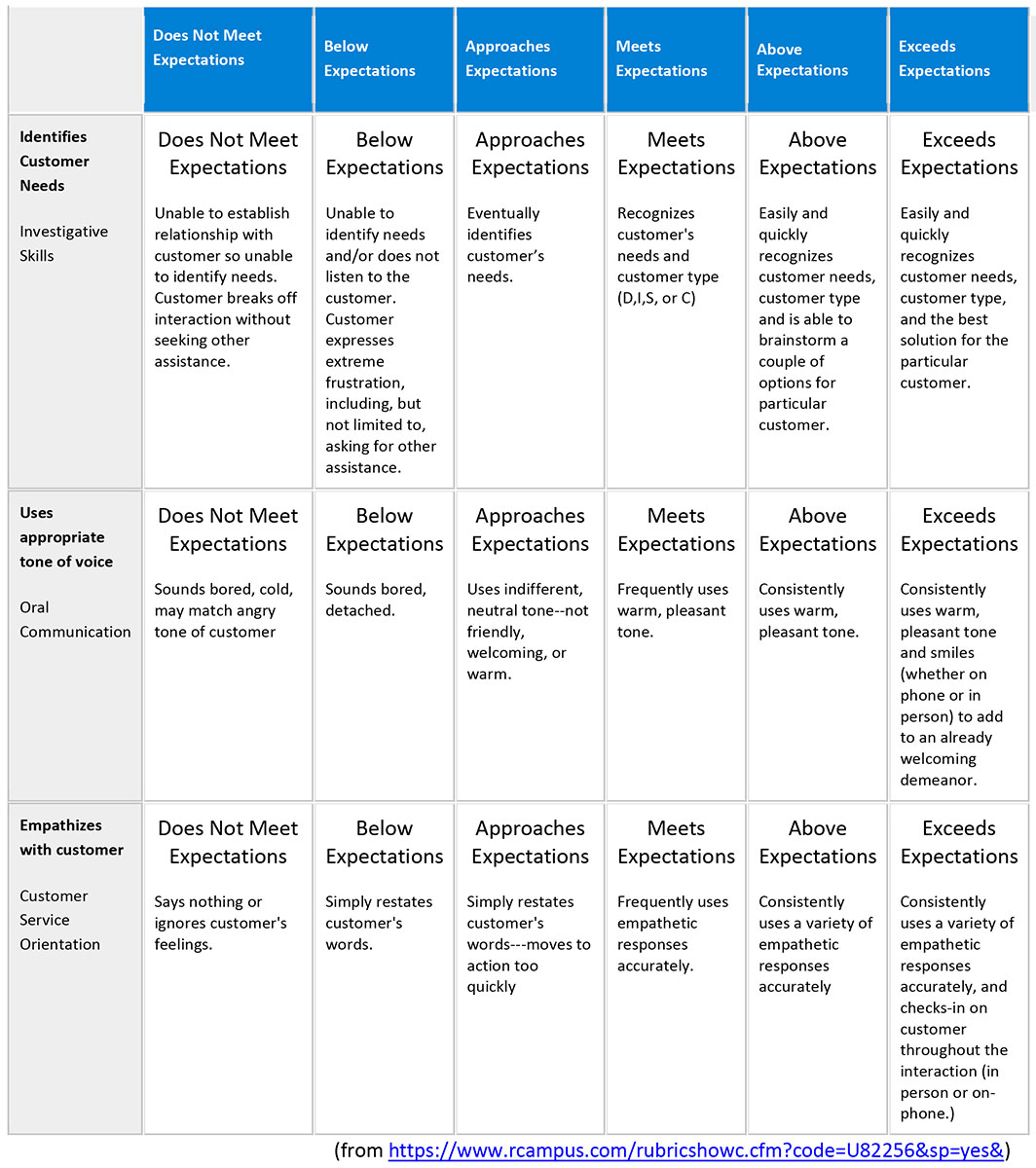
Evaluating Customer Service Skills
27 February 2019Dr. Fred Mayo discusses evaluating students’ customer service skills by determining precise skills to assess, evaluation approaches, and methods to effectively communicate feedback. An added bonus: an online rubric.
Dr. Fred Mayo, CHE, CHT
Last month, we discussed teaching customer service and this month we will focus on evaluating the customer service skills students learned. Hopefully, this information will provide some new ideas for you, as chef instructors and dining room instructors and managers, and everyone else who teaches culinary arts and hospitality.
Standards – What to Evaluate
One of the first challenges involves deciding what knowledge and skills to evaluate and how to assess them. That task requires careful thinking and a level of specificity that helps both students and educators. A recent trade publication listed the key skills of customer service:
- Customer Interaction
- Product Knowledge
- Problem-Solving Ability
- Attitude and Behavior
While this list may be useful in a general way, it does not provide appropriate specificity or clarity for students learning and practicing customer service or faculty members evaluating it. However, as a faculty member, you can develop your own list, and that activity might be a good idea since you can make the list of skills and knowledge exactly appropriate for the course you are teaching. You can start with the list of skills mentioned in the last Mayo Clinic:
- Organizing mise en place
- Welcoming customers to a kitchen, restaurant, or other dining situation
- Paying attention to customers
- Serving customers with accuracy and care
- Remembering that adequate is not good enough
- Respecting customers’ perceptions and needs
- Solving service problems as soon as they occur
- Admitting and taking responsibility for errors
- Honoring the reality of serving others
- Monitoring tables
- Paying attention to guests’ statements and meanings
- Managing requests
- Cleaning up
A second part involved with determining customer service standards includes the amount of detail you provide. Expecting students to monitor tables or pay attention to customers may not be sufficiently specific unless you have been more explicit about your meaning. For example, it is one thing to expect students to welcome patrons in the restaurant and another to expect them to welcome each and every patron in the restaurant with a genuine smile and warm hello. Providing more detail helps students focus on what they have to do, how well and how often. It also makes it easier for you to evaluate their performance.
The third part of standards involves the level to which you expect your students to perform. Stating specific standards makes a huge difference and so does clarifying how often you expect that behavior or under what conditions. Making a rubric – a chart that identifies the grade or points associated with the level of performance of each standard – will make that task much easier. Here is a sample of a rubric (From iRubric) that illustrates what is involved.
Methods – How to Evaluate
The next aspect of evaluating involves deciding what methods to use in the exercise. Do you want to observe the behavior? Do you want to rely on students’ perceptions of each other’s skills? Do you want to rely on their self evaluations of their skills? Do you want to use a written method of determining what they know and use their ability to describe appropriate behavior as one measure of their knowledge? Do you want a summary evaluation of their sense of customer service skills as one of the final assignments in the course? Most commonly, faculty members observe student behavior and provide immediate comments, but that is not the only way to evaluate customer service knowledge and skills.
Methods – How to Deliver Feedback
If you are committed to helping students learn the knowledge and skills associated with customer service and improve their performance, then you need to find a way to provide feedback during the course to ensure they improve over the duration of the unit or term. One way to create feedback is encouraging students to share comments with each other. Have students sit or stand in teams and provide four or five specific things that they saw a team member do well and four or five things that the team member can improve. If you work with teams of four students, each student will get 12 positive comments and 12 suggestions for opportunities to improve. The extra value of this method is the focus on students observing each other which helps them remember the skills and notice what was done well and what was not.
You also can provide feedback and comments as you walk around the classroom or dining room, pointing out incorrect procedures or sloppy service, and invite the student to make improvements or redo something immediately. Your ability to notice and your constant observations will help students stay alert and give them plenty of chance to improve.
Another strategy involves providing individual feedback at the end of the class with students waiting to hear your comments and suggestions for improvement. It helps to end the class with some reflection on what they did well and what they can improve. While waiting to meet with you, they can be encouraged to consider what they noticed. It fosters more awareness and puts them in charge of providing their own feedback while waiting to hear from you.
Summary
Hopefully, this Mayo Clinic encourages you to consider trying some new approaches to evaluating customer service knowledge and skills. Next month, we will continue with the topic of customer service. If you have suggestions for other topics or teaching practices you want to share, send them to me at This email address is being protected from spambots. You need JavaScript enabled to view it., and I will include them in future Mayo Clinics.
Dr. Fred Mayo, CHE, CHT, is retired as a clinical professor of hotel and tourism management at New York University. As principal of Mayo Consulting Services, he continues to teach around the globe and is a regular presenter at CAFÉ events nationwide.

